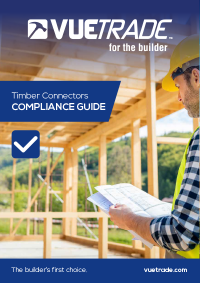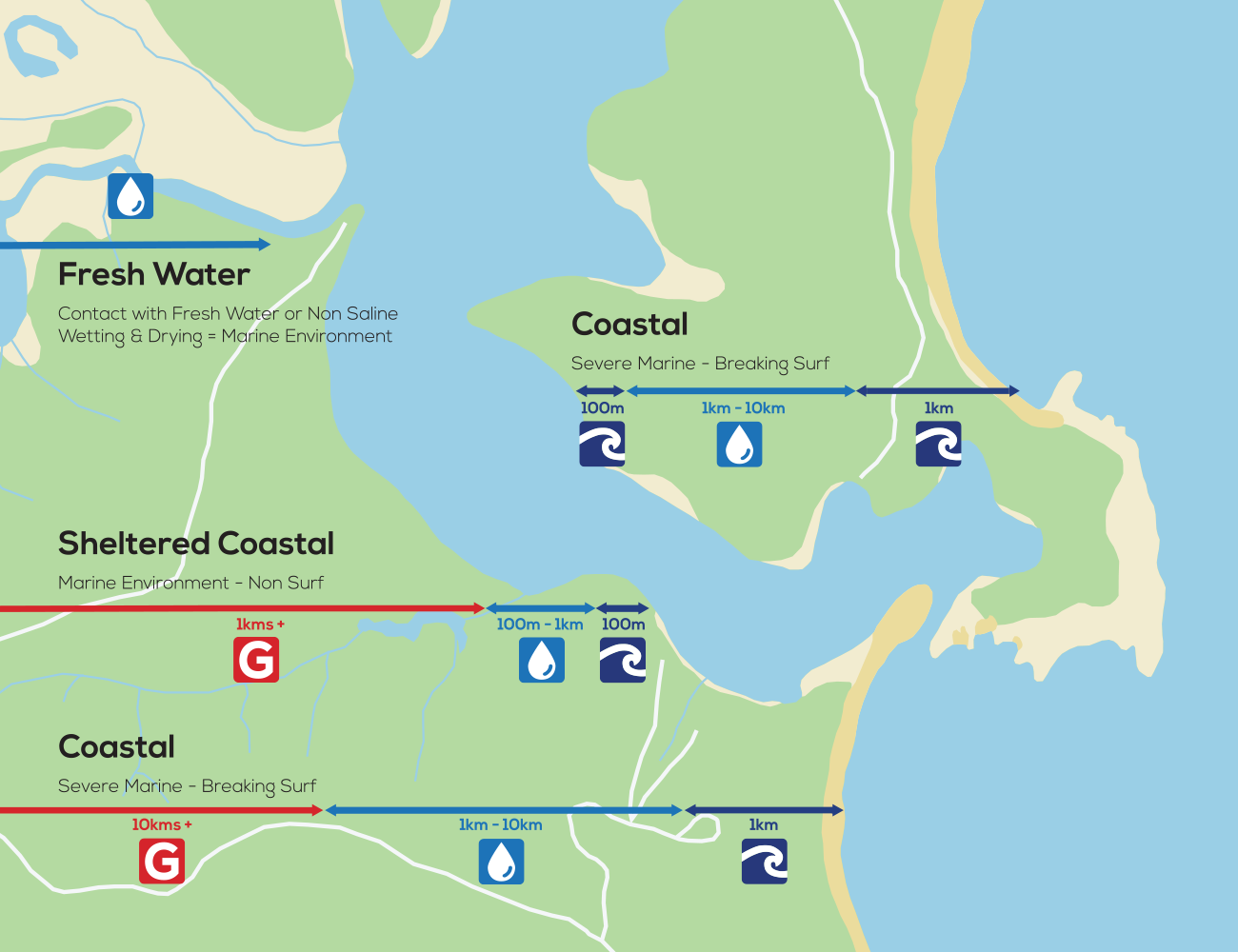

Standard / Galvanised
• Internal/enclosed • Exterior/exposed inland areas except if in contact with fresh water or non-saline wetting & drying • No closer than 10km to surf coast, or 1km to sheltered coast
• Internal/enclosed • Exterior/exposed inland areas except if in contact with fresh water or non-saline wetting & drying • No closer than 10km to surf coast, or 1km to sheltered coast
Marine Environment – SS304
• Marine Environment – 100m up to 1km from a non-surf coast and from 1km up to 10km from a surf coast
• External applications in contact with freshwater or subject to non-saline wetting and drying
• Minimum steel grade required Stainless Steel 304
• Marine Environment – 100m up to 1km from a non-surf coast and from 1km up to 10km from a surf coast
• External applications in contact with freshwater or subject to non-saline wetting and drying
• Minimum steel grade required Stainless Steel 304
Severe Marine – SS316
• Severe Marine – 100m from a non-surf coast and up to 1km from a surf coast
• Minimum Steel Grade Stainless Steel 316
• No ‘Tea Staining’, a superficial ‘rust’ look that occurs on lower grades of Stainless Steel including 304
• Severe Marine – 100m from a non-surf coast and up to 1km from a surf coast
• Minimum Steel Grade Stainless Steel 316
• No ‘Tea Staining’, a superficial ‘rust’ look that occurs on lower grades of Stainless Steel including 304
Ensure the correct grade steel is used
The above coordinating chart serves as a visual guide as to which grade steel should be used in proximity to different environmental factors. Further details and discussions on different building environments are also detailed below.
For masonry products, refer to Masonry Ties Specification Chart on the relevant product page.
Follow the questions below to consider what environment your site is located in.
- What type of environment are you planning to build near?
- Breaking Surf
- Sheltered Coastal
- Fresh Water
- Distance to the environment?
- Breaking Surf:
- 0 – 1kms
- 1 – 10kms
- 10 kms+
- Sheltered Coastal:
- 0 – 100 metres
- 100m – 1km
- 1 km+
- Fresh Water (if subject to frequent wetting and drying)
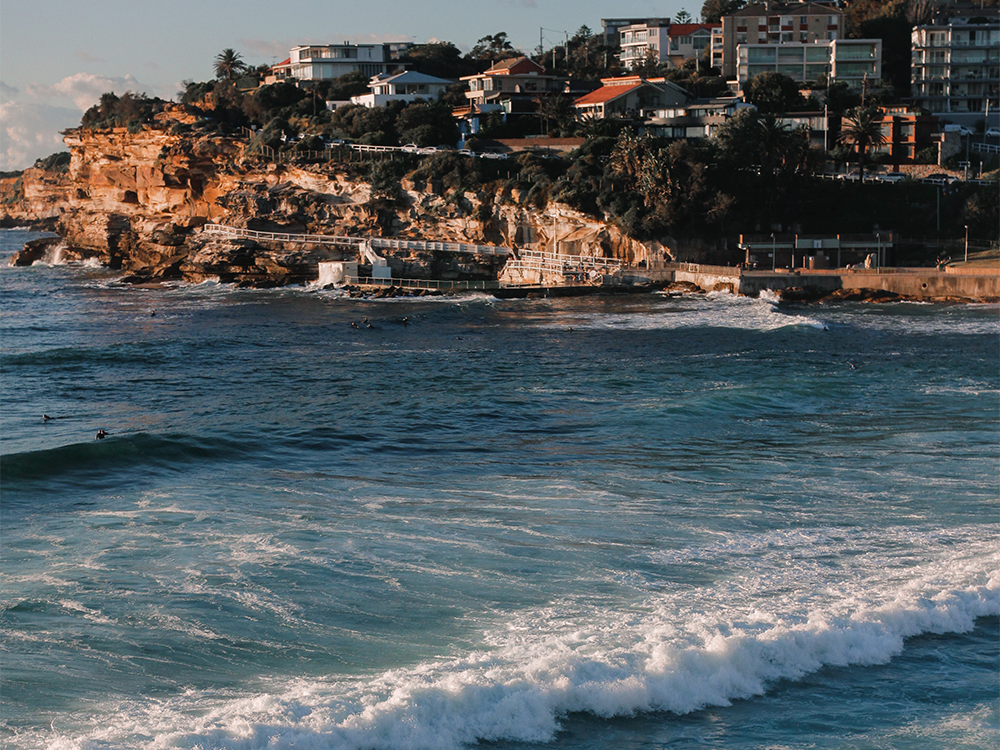
BREAKING SURF
Breaking surf environments, as the name indicates, relates to areas in proximity to the coast where there is rolling surf breaking onto beaches or rocks.
In these environments, salt content in the air is much higher and is carried by the wind. The closer you are to breaking surf the more the elements will affect your home or construction. It’s also important to note that windblown salt spray can reach a long way inland, depending on the conditions. These types of areas are classified as Severe Marine as the degrading of steel from saltwater attack happens very quickly.
Breaking surf environments, as the name indicates, relates to areas in proximity to the coast where there is rolling surf breaking onto beaches or rocks.
In these environments, salt content in the air is much higher and is carried by the wind. The closer you are to breaking surf the more the elements will affect your home or construction. It’s also important to note that windblown salt spray can reach a long way inland, depending on the conditions. These types of areas are classified as Severe Marine as the degrading of steel from saltwater attack happens very quickly.
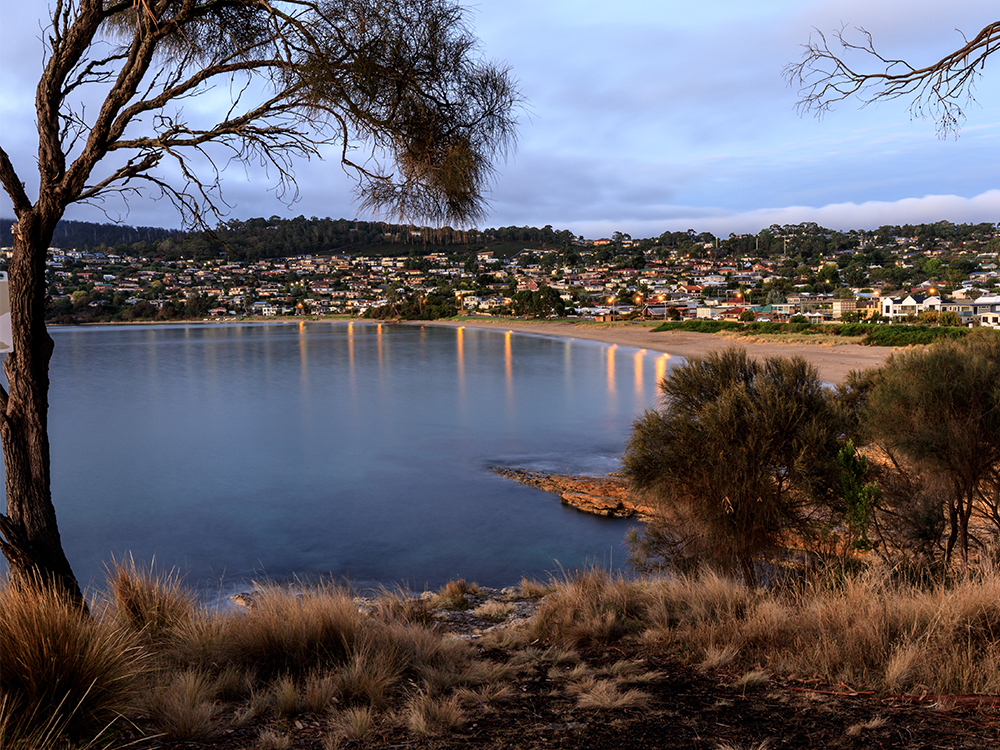
SHELTERED COASTAL
Sheltered Coastal environments are locations where there is no breaking surf in the vicinity, for example very sheltered bay areas, salt water harbours and salt water river estuaries.
The salt content in the air will be lower as the water isn’t breaking, however these areas are considered Marine Environment as degrading of steel will occur due to the higher than average content in the air.
Sheltered Coastal environments are locations where there is no breaking surf in the vicinity, for example very sheltered bay areas, salt water harbours and salt water river estuaries.
The salt content in the air will be lower as the water isn’t breaking, however these areas are considered Marine Environment as degrading of steel will occur due to the higher than average content in the air.
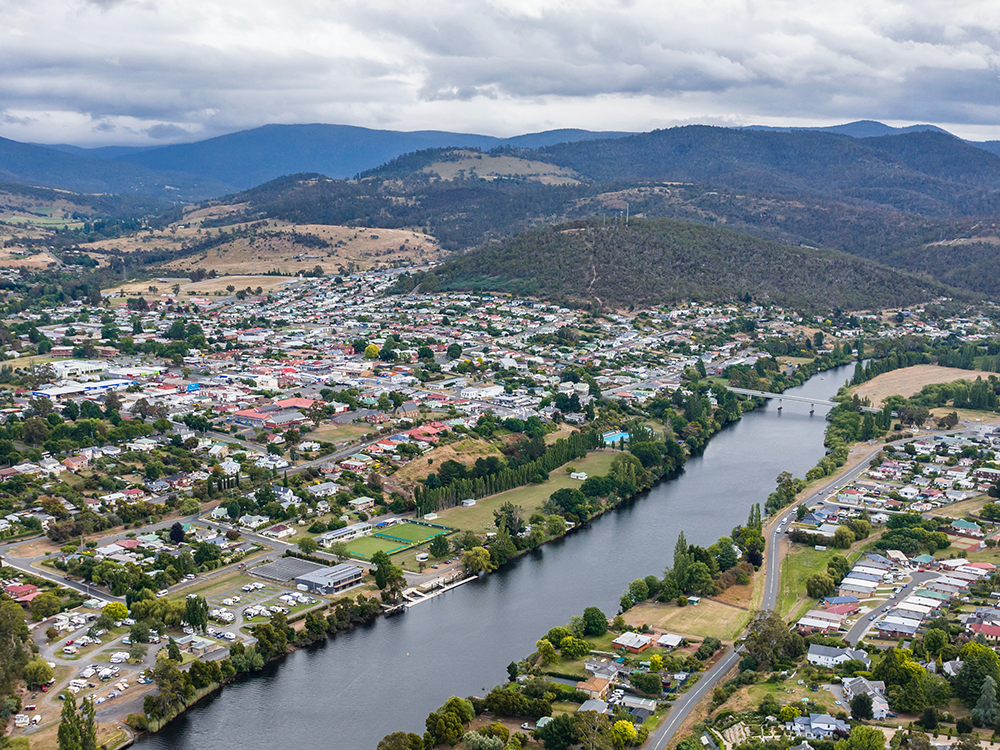
FRESHWATER
Where there will be constant contact with freshwater or frequent wetting and drying. This could also apply to areas where there is excessive dampness and any timber connectors used will be constantly damp.
Where there will be constant contact with freshwater or frequent wetting and drying. This could also apply to areas where there is excessive dampness and any timber connectors used will be constantly damp.
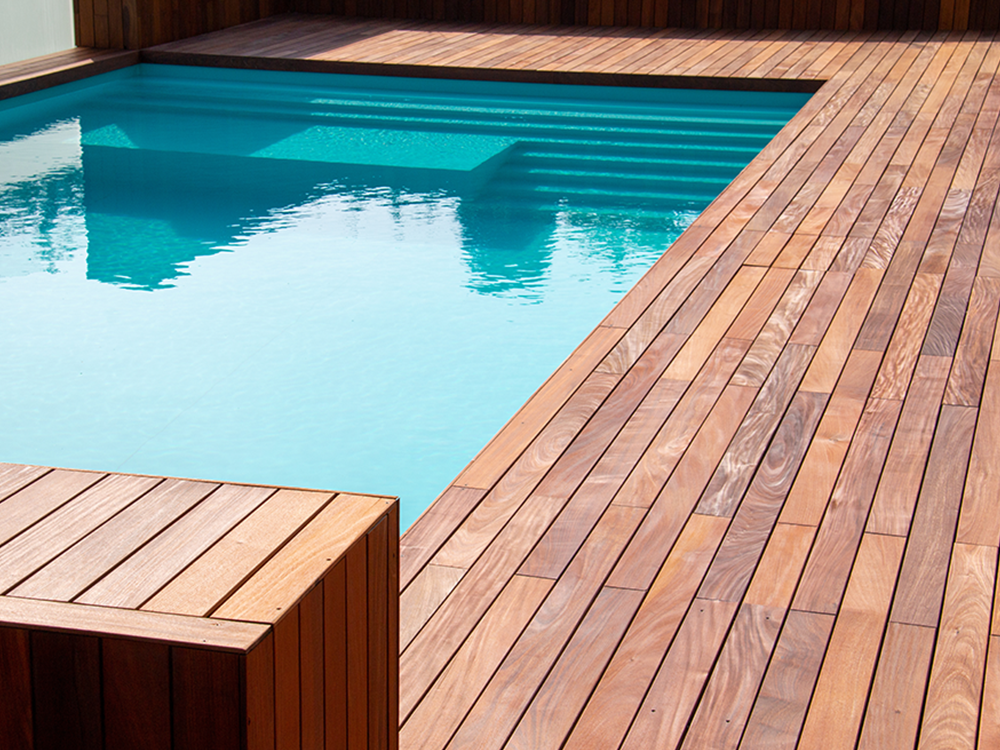
POOLS
Areas of decking around pools, whether it is a freshwater or saltwater pool, will be subjected to more frequent wetting and drying.
If it is a Saltwater pool it is recommended to use Stainless Steel Brackets as degradation and corrosion will occur if galvanised brackets are used.
As with Freshwater above, if there will be excessive splashing and frequent wetting and drying of the brackets from non-saltwater pool, it may be more practical to use stainless steel fixings and brackets.
Areas of decking around pools, whether it is a freshwater or saltwater pool, will be subjected to more frequent wetting and drying.
If it is a Saltwater pool it is recommended to use Stainless Steel Brackets as degradation and corrosion will occur if galvanised brackets are used.
As with Freshwater above, if there will be excessive splashing and frequent wetting and drying of the brackets from non-saltwater pool, it may be more practical to use stainless steel fixings and brackets.
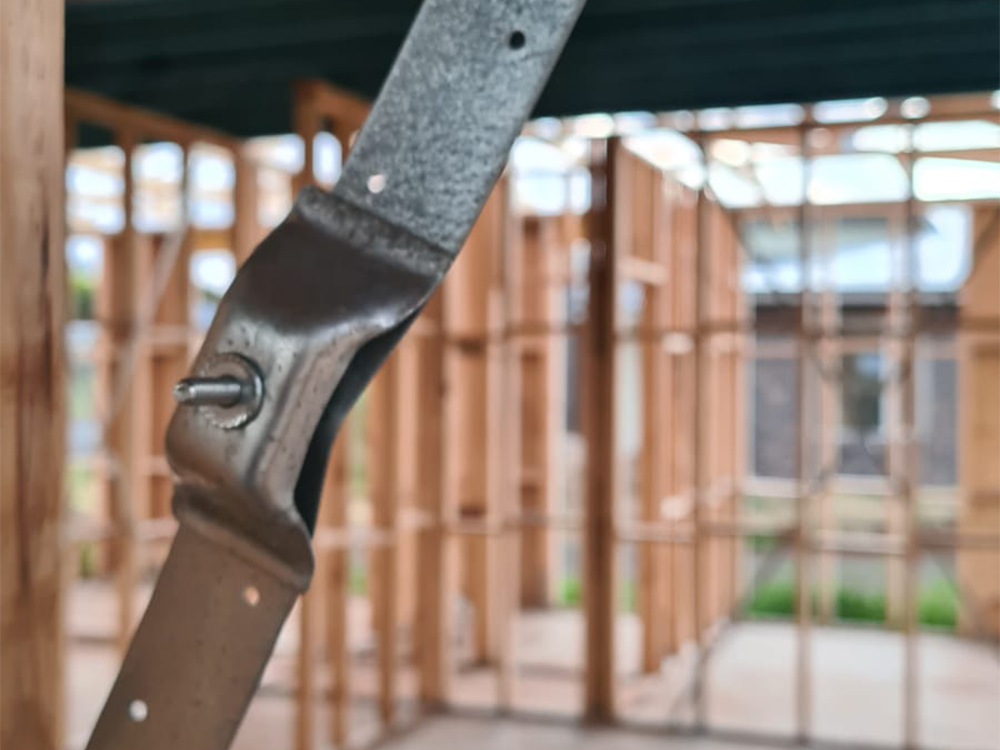
STANDARD
Standard locations are inland areas that are not exposed to salt attack or freshwater wetting and drying.
Standard locations are inland areas that are not exposed to salt attack or freshwater wetting and drying.
It’s easier to be compliant when you have the resources
Technical Data, Design Capacities and Installation Guides are conveniently located on each Product Page on the VUETRADE website.
But did you know that they can also be found within the Compliance Guide which is available for ready download as a PDF, or as an A5 booklet at your local VUETRADE supplier?
Technical Data, Design Capacities and Installation Guides are conveniently located on each Product Page on the VUETRADE website.
But did you know that they can also be found within the Compliance Guide which is available for ready download as a PDF, or as an A5 booklet at your local VUETRADE supplier?

